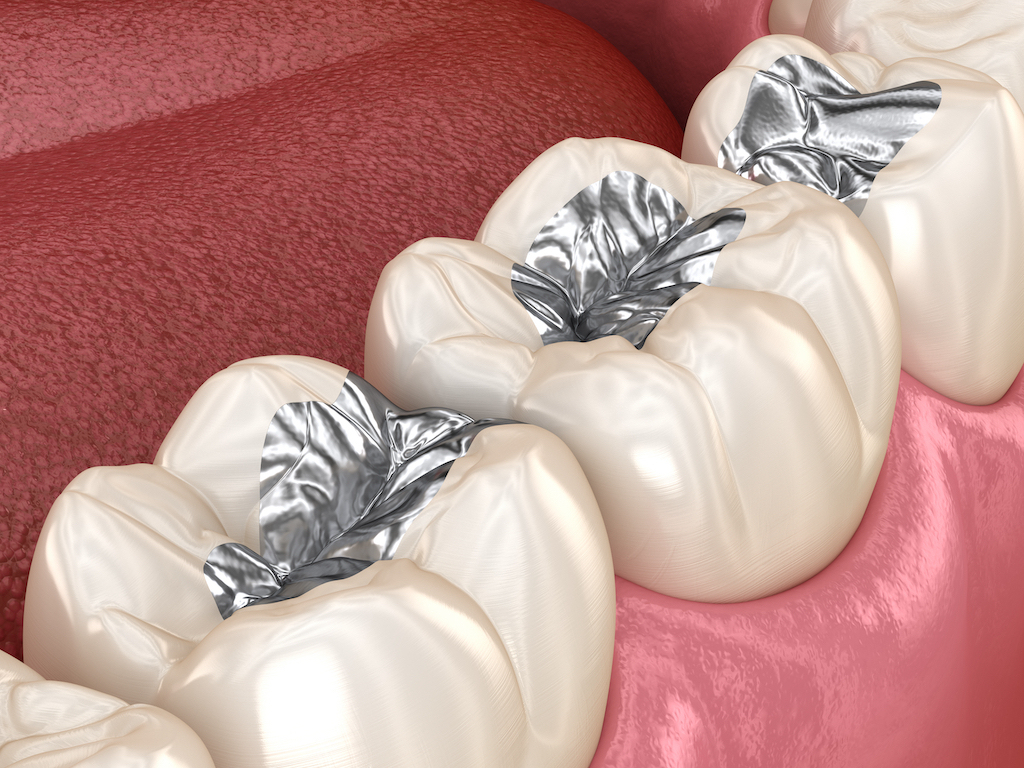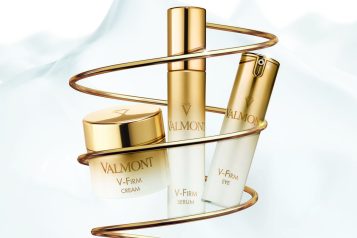 Photo Credit: Shutterstock
Photo Credit: Shutterstock
The second we hear the word 'cavity,' our brain automatically thinks about the shiny silver cap that covers the tooth or the filling. Wonder why? That's because one of the only ways to treat a cavity is with a dental amalgam, more commonly known as a dental filling. With very few alternatives to treating cavities, the questions of are dental amalgams safe and what are they made out of often arise. Let’s take a look at what Haute Beauty expert Dr. Mimi Yeung of M.Y. Dental Spa has to say about dental amalgams.
Are dental amalgams safe?
The main concern of most people when a cavity arises is wondering are dental amalgams safe? Thankfully The Food and Drug Administration and other organizations of the U.S. Public Health Service (USPHS) have been researching the short and long-term side effects of amalgams used in dental restorations (fillings). Luckily, after years of continuous investigation, no valid scientific evidence has shown that amalgams cause harm to patients with dental restorations, besides the rare case of an allergic reaction.
What are dental amalgams made out of?
There are several different kinds of dental amalgams or fillings available made from materials ranging from acrylic to porcelain. Depending on the type of filling, the materials will vary. Composite fillings consist of a mixture of acrylic resin and finely ground glass-like particles. Similarly, glass ionomers are a mixture of acrylic acids and fine glass powders, while resin ionomers also are made from glass fillers with acrylic acids and acrylic resin. There are also all-porcelain or ceramic options, which include ingredients such as porcelain, ceramic or glass-like fillings, and crowns. Found in the common silver-colored fillings is the chemical mercury. This may be a cause for concern for some, but the Centers for Disease Control and Prevention offers some scientific background for more information.
 Photo Credit: Shutterstock
Photo Credit: Shutterstock
Are there other options as effective as dental amalgams?
As mentioned before, there are alternatives to the common silver dental amalgams. Researchers have been working for decades to create more aesthetic, natural-looking smiles.
Composite Fillings
Composite fillings are made to look much more natural with a more moderate repair to the tooth. However, during a composite repair, less of the original tooth structure is removed, resulting in a smaller filling. They can also be “bonded” to stay put within a cavity. The downside of composite fillings is that they take longer to insert but, to make up for it, are less resistant to wear than silver amalgams.
Glass Ionomers
For individuals with the rare occurrence of allergies, ionomers are the way to go. Glass ionomers are made specifically for the root surface of the teeth and are able to help patients at risk of decay by releasing fluoride into the tooth. These are also used for smaller fillings, however, in areas with low impact from chewing.
Resin ionomers are used between the teeth for non-load-bearing fillings. The downside of these is that they have a low resistance to fracture and experience high wear when chewing. Both glass and resin ionomers mimic natural tooth color but lack the natural translucency of enamel.
Porcelain Materials
For specific uses of inlays, onlays, crowns, or aesthetic veneers, look no further than Porcelain dental materials. Their ability to mimic the color and translucency of the tooth enamel makes them desirable for the most natural look. Porcelain is highly resistant to wear but can fracture easily when given tension. All-porcelain dental restorations require at least two appointments but will have your teeth perfected in no time.
If you’re in the New York City area, visit Dr. Mimi Yeung’s dental spa in Midtown East for help with any of your dental needs to help you gain confidence in your smile. Dr. Yeung specializes in cosmetic dentistry and offers various services, including Invisalign, holistic gum treatment, and more.
For more information, visit Dr. Mimi Yeung's social media:





















